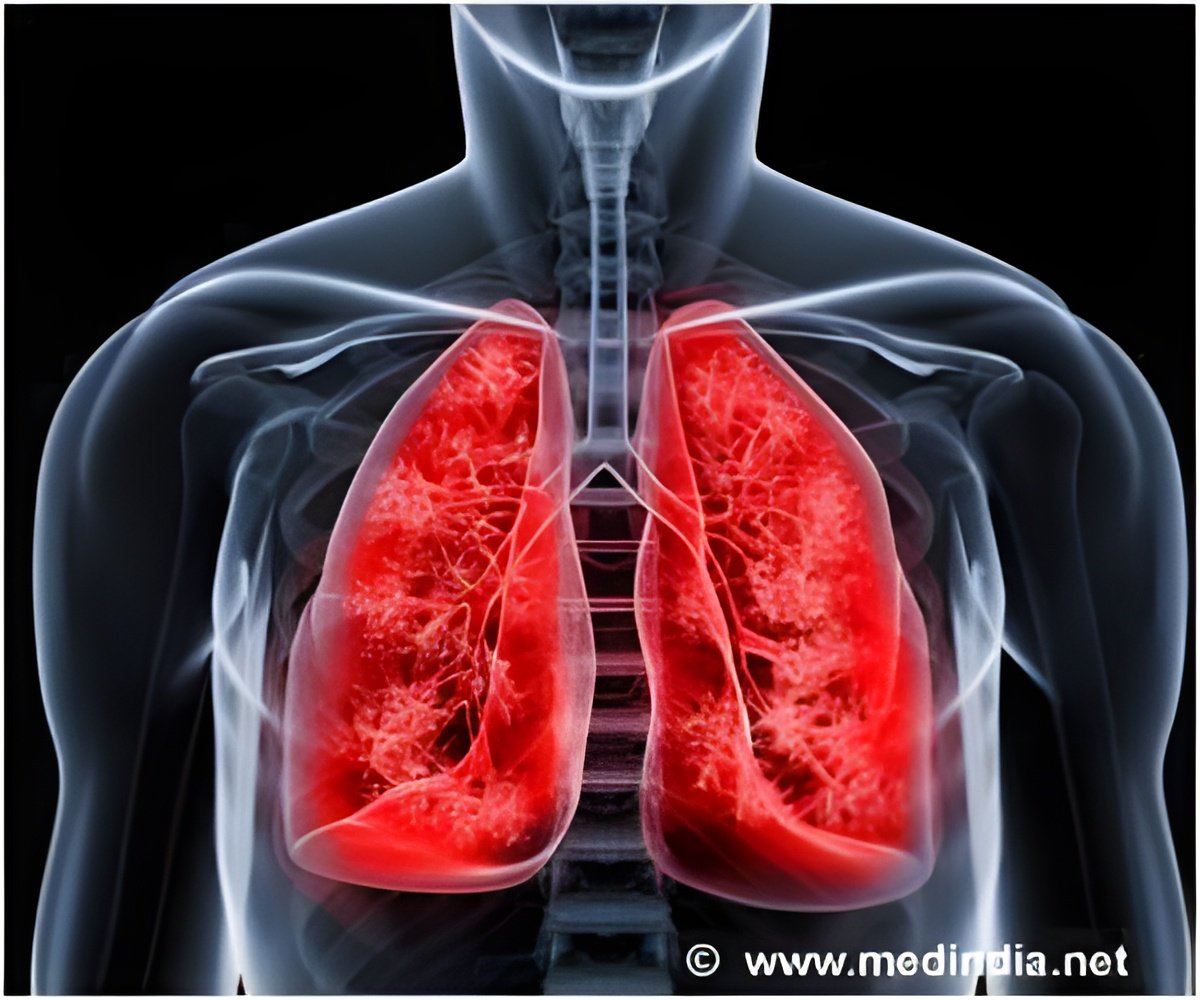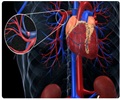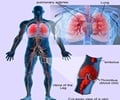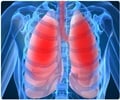A new study suggests that using a vascular homing peptide which can retain its activity when given sublingually and can selectively target hypertensive pulmonary arteries.

"Our results open the door to a new direction of PAH treatment. These findings have high clinical significance because CAR (peptide CARSKNKDC) enables the down-dosing of not only vasodilators, but any PAH drug to reduce its systemic side effects without decreasing its pulmonary efficacy," says Masahiko Oka, MD, PhD, of the Department of Pharmacology and Internal Medicine and Center for Lung Biology at the University of South Alabama.
In previous work, the investigators found that in two experimental models of PAH in rats the homing peptide CAR selectively accumulates in the walls of hypertensive pulmonary arteries. In the current study, PAH was experimentally induced in rats by subcutaneous injection of Sugen5416, followed by exposure to hypoxia for three weeks, and then returned to normal oxygen levels for two weeks. These rats manifest very high right ventricular systolic pressure (RVSP) compared to controls (102 mmHg vs.24 mmHg). Histologically, small pulmonary arteries and arterioles display severe, occlusive neointimal lesions.
Intravenous CAR was found in the pulmonary arteries of the PAH rats but not in normal pulmonary arteries. CAR was not detectable in the liver, spleen, or heart but was found in the endothelium and fibrotic tissue of severely remodeled pulmonary arterial walls. Notable levels were also found in kidney tubules but this reflects where it is excreted, say the authors.
The investigators then looked at the effects of CAR on vasodilating drugs. They found that co-administration of CAR significantly enhanced the pressure-lowering effects of the Rho kinase inhibitor fasudil on RVSP but not on systolic systemic arterial pressure. CAR also boosted the pulmonary vasodilator effects of the phosphodiesterase 5 inhibitor sildenafil and the tyrosine kinase inhibitor imatinib.
One limitation of homing peptides is finding a good route of administration. Intravenous administration is impractical on a routine basis and oral bioavailability of peptides is poor due to digestive degradation. The authors were able to show that CAR was effective when given sublingually, and this route might even be superior to administration via injection.
Advertisement
The concepts underlying the study were first established in tumor biology with the identification of disease-specific, distinctive surface markers of tumor blood vessels that are not present in the vessels of normal tissues. Homing peptides are substances that find their way to receptors in these abnormal blood vessels, and are being developed to transport drugs selectively to tumors. These peptides can spread into tumor tissue, and can target drug delivery where it is needed. Some homing peptides chemically couple with the drug being transported, but this can weaken the drug's activity. Other homing peptides can transport a drug without chemically interacting with it, a process known as the "bystander effect"; the advantage is that the drug's activity is not compromised by its carrier.
Advertisement
Source-Eurekalert

![Pulmonary Arterial Hypertension [PAH] - Symptoms & Signs - Causes - Diagnosis - Treatment Pulmonary Arterial Hypertension [PAH] - Symptoms & Signs - Causes - Diagnosis - Treatment](https://images.medindia.net/patientinfo/120_100/pulmonary-arterial-hypertension-pah.jpg)













